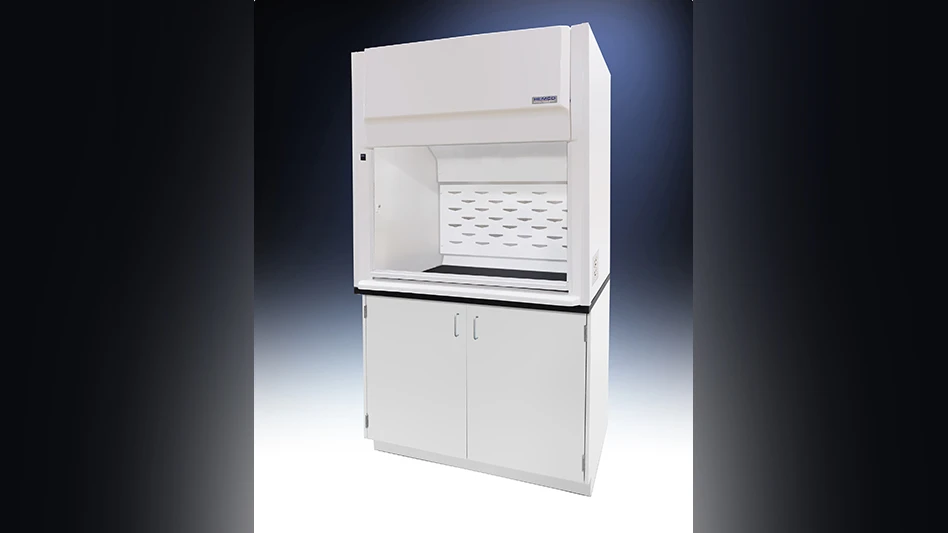
When a plane travels through clouds in cold weather, layers of ice can form on its wings, propellers, or jet intakes, increasing drag and reducing lift, which may lead to loss of control of the aircraft.
Conventional passenger aircraft anti-icing systems divert a portion of hot air from the engines and pipe it to the wing’s inner surface. The heat transfers to the outer surface by thermal conduction, stopping ice build-up. In addition to adding weight and maintenance requirements, this system is not energy efficient, particularly on the new generation of composite aircraft.
A team of experts at Queen’s University Belfast have developed a more efficient alternative – an ultra-lightweight heater, based on webs made from carbon nanotubes (CNT) – which can also be used for de-icing.
Prof. Brian Falzon from the School of Mechanical and Aerospace Engineering led the Queen’s team to the discovery, and the research has been published in the journal Carbon. (https://tinyurl.com/y9vuy6nt)
Falzon explains, “This research is funded by the Engineering and Physical Sciences Research Council (EPSRC) and forms part of a larger research program aimed at developing the aircraft structures of tomorrow. We started by creating a CNT web, where individual CNTs are aligned in the draw direction, and horizontally stacking 10-to-40 layers of the webs, at different orientations, to achieve the desired heating characteristics.
“Each layer of CNT web can be as thin as 1/2,000th the thickness of a human hair, and the weight of a web large enough to cover a football field would be less than 30 sheets of letter-size photocopy paper.”
The CNT webs were cured within a thin glass fiber laminate to provide structural support, and connected to a power supply.
When researchers carried out testing, they discovered that the newly developed CNT heaters achieved rapid heating, showing that they could quickly de-ice aircraft and provide ice protection in flight.
Dr. Xudan Yao, a Ph.D. student from China, worked on the project under the supervision of Falzon and Prof. Stephen Hawkins.
Yao says: “Compared with state-of-the-art heating systems currently used on aircraft, the CNT heater that we have created at Queen’s is lighter, provides rapid and more uniform heating, and is more energy efficient. It is also more flexible in terms of fitting the shape and performance of any surface or power requirement to achieve rapid anti-icing and de-icing.”
The team is developing further research on the system.
Queen’s University Belfast
http://www.qub.ac.uk/

Explore the January February 2019 Issue
Check out more from this issue and find your next story to read.
Latest from Aerospace Manufacturing and Design
- OMIC R&D hosts Supporting Women in Manufacturing Day 2024
- 4D Technology's AccuFiz SWIR interferometer
- Seventh Lockheed Martin-built GPS III satellite launches
- KYOCERA AVX's CR Series high-power chip resistor
- UT researchers receive Air Force grant for wind tunnel
- Monticont's linear voice coil servo motor
- FAA certifies Pratt & Whitney GTF engine to power the Airbus A321XLR
- Wevo's silicone gap filler





